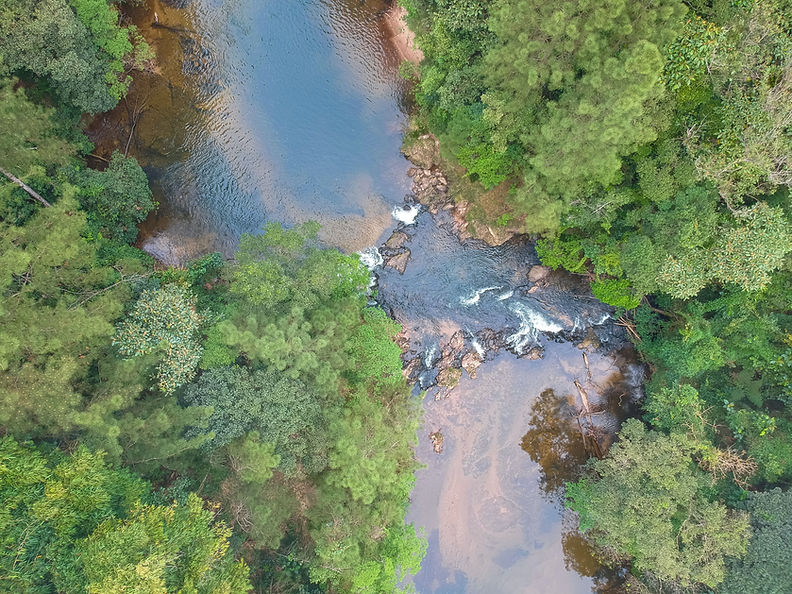
At Beauvallet Brasil, tradition, innovation and sustainability go hand in hand to ensure food security for the present and the future.

Energy Efficiency
We are constantly looking for new technologies that optimize energy consumption in processes such as refrigeration and lighting.
Our Energy Efficiency Program includes consumption control and target monitoring through technical indicators and consumption reduction mechanisms.
Our firewood consumption comes from forests planted exclusively for energy generation purposes.


Water and Effluents
Managing water resources at our facilities is an essential part of our production, which also seeks to monitor consumption and expand reuse processes, effluent treatment, and reductions in water consumption.
To achieve more efficient water use, we have several initiatives aimed at improving processes, such as water reuse projects and the installation or replacement of equipment, such as pressure reducers in sanitary inlets and sanitation hoses.
The use and treatment of water resources are in accordance with legal standards and the licenses and permits obtained in all our operations.

Effluent Sieve
The static sieve removes suspended solids from effluents, such as blood residue, fat, and other organic materials. This process is used as pretreatment for effluents and is essential to prevent equipment damage and ensure the proper functioning of the effluent treatment system.
How it works:
Receiving effluent:
The effluent from the refrigerator, containing suspended solids, is directed to the static sieve.Separation of solids:
Solids are retained on the sieve screen due to the action of gravity and the structure of the sieve, which allows only the liquid part to pass through.Disposal of retained solids:
Solids retained on the screen are accumulated and subsequently removed for treatment or proper disposal.Passage of treated liquid:
The treated liquid, free of solids, is directed to the next stage of effluent treatment.

Fertigation
Beauvallet Brasil encourages and supports family farming. Through our fertigation system, treated effluent is transported via pipelines to neighboring rural properties, where it is used for pasture irrigation.
The process is monitored and measured by our technical teams and among the various environmental benefits is the preservation of water bodies and the reduction in the use of nitrogen-based fertilizers, which emit greenhouse gases.
The effluent is irrigated onto the plantation and becomes an active ingredient. It is used to naturally fertilize grass, sorghum, or any other crop used to feed livestock. The water needed for the slaughterhouse returns, contributing to nature. The pasture, in turn, is used on a rotational basis. This technique contributes to the plantation's sustainability.
All indicators are monitored and demonstrate the effectiveness of fertigation. It contributes to the animal's daily weight gain, eliminates or reduces chemical fertilization, and ensures rational use of available resources. The entire operation is transparent, healthy, and ethical.
In 2022, 37.7% of the volume of discarded water was destined for fertigation in Brazil.

Waste
To manage the waste generated in our industrial operations, we maintain a Solid Waste Management Plan with criteria for separation, control and disposal of the volumes generated divided into the following categories: industrial, common, special/pathological and recovered for recycling.
Waste such as rumen and sludge from WWTPs, the largest volume of our production process, is classified as non-hazardous and sent for composting.

Recycling
All discarded material is separated and sent to local collection and recycling cooperatives and operators for companies, generating more resources for recycling agents, promoting reverse logistics for post-consumer packaging, and reducing the environmental impacts of this waste on the environment.

Use of Livestock Inputs
The foundation of Beauvallet Brasil's business is cattle. Focused on socio-environmental and efficiency gains, we strive to maximize the use of raw materials.
Our byproducts such as tallow, bones, blood, viscera and animal skin are sold and sent for processing into biodiesel, flour/feed, leather and even sausage casings, among others.

_edited.png)